Where to Go in the South Bronx
By Daniel Reynolds Riveiro
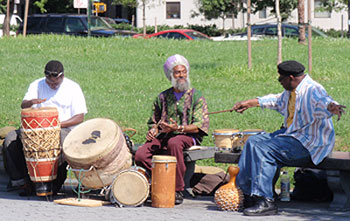
It’s 3:00 AM when I climb out of the subway in the South Bronx into misty smells and trash-strewn streets to see something that never fails to amuse or amaze me.
Bright light blazing and bachata blaring out of a barbershop hosting half a dozen men talking and laughing while one sits with his chin pointed at the ceiling as a mahogany skinned man slowly straight razors his facial hair into a perfect goatee.
That was one of the first surprises after moving to the South Bronx: the barbershops never close. Many other businesses do. In fact, never try going to the grocery store after nine or doing your laundry on a Sunday.
Maybe the city that never sleeps, but the Bronx is not New York. Well, possibly it is New York, the real New York, certainly more New York than Manhattan if your New York is the bursting with life/bursting at the seams/burst tomato kind of New York.
You know, not Sex and the City.
Sadly, the Bronx is often at the bottom of any traveler’s New York list. A full week’s worth of vulcanized rubber hardly dents most of Manhattan’s must-sees and the farthest most visitors make it from Gotham is the west part of Brooklyn.
But for a certain type of traveler, possibly the kind who would gleefully burn a Lonely Planet, the Bronx might just be the place to be.
This is for the Bronx that never makes the guidebooks. The South Bronx: the Bronx that burned, the cradle of hip-hop, the childhood playground of Colin Powell, Al Pacino and J-Lo.
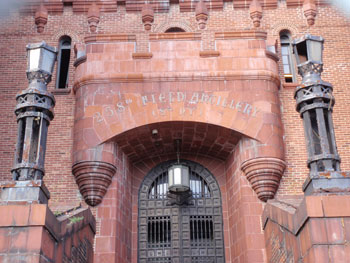
Famous Sites in the Bronx
The northern half gets noticed often enough: guidebooks explain how to catch express buses from Manhattan to the rightly-acclaimed Bronx Zoo or sprawling New York Botanical Gardens, wheeled cocoons that shoot up nonstop before heading straight back.
The books encourage more intrepid travelers to visit the Bronx’s Little Italy, with its Zagat-rated restaurants and pizzerias.
A select few explain how a quarter of the Bronx is parkland and recommend visiting the lakes of Van Cortland Park or the rolling hills of Woodlawn Cemetery, which holds the final resting places of Duke Ellington, Herman Melville and Joseph Pulitzer.
But the South Bronx is usually given short-shrift. There are no chain hotels to stay in, no five (or four, or three, or two) star restaurants, no specific “sites” to see. What there is, though, is a slice of life unlike any in the world.
For starters, it is varied: more than half of the residents of the Bronx were born abroad, making it truly a city of immigrants.

Secondly, it is poor: Bronx county is the poorest county in America according to the New York Times, with almost one-third of its 1.3 million residents living below the poverty line.
And thirdly, it has a history, rich and deep. These three things mesh, melt, weave over and under into a creation that cannot be parsed by a guide and can only be experienced as a whole.
Get Off at a Random Stop
So here are your instructions: Take a bus or the subway to any part of the South Bronx. Get off at a random stop. Throw away the map. Wander. Don’t worry too much about your safety: common sense and ending your journey an hour or two before dark should be all you need to avoid danger.
Take it slow. On summer weekends, people of all ages sit in lawn chairs on sidewalks, talking and watching the world pass by.
Funk, hip hop, and salsa undulate out of windows. Joyous singing comes from outdoor churches, the parishioners sitting on steel folding chairs underneath faded striped tents. African men drum in parks.

Kids on Bikes
Women tend communal gardens, old men play mancala and dominoes on tables made of plastic crates and scrap sheets of plywood and kids blow bubbles, ride bikes, and toss tennis balls to one another across traffic-crowded streets.
Life goes on everywhere: people shout news up to balconies, a fight breaks out between two drunk men near the grocery store and one ineffectually hits the other with a French loaf, a teenager practices his rap lyrics for hours, chanting them to himself as he circles the block again and again and again.
Pop into stores. So little money in the South Bronx means you’ll find family-owned bodegas instead of franchise restaurants, boxes of fruit instead of big box stores and you’ll be buying a book from Mr. Martinez instead of Barnes and Nobles.
African shops sell colorful kente cloth alongside bootleg DVDs of Nigerian films. Dominican palm readers sit in darkened spaces. Mothers haggle over tee-shirts displayed on chain link fences.
Get hit by the whole and then look for details. Notice the bits of history constantly peeking out of the morass of humanity and poverty, glamor grown over by entropy or maybe the reverse.
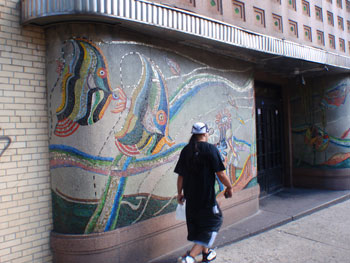
Much of the Bronx is affordable housing, block upon block of plain apartment buildings, but look closely and you’ll find details that shouldn’t there: ornate stonework around a peeling window, intricate mosaics tagged with graffiti, masterful murals on abandoned buildings.
Explore.
Stop and get your hair cut or your nails done. Ingrained in South Bronx culture is barbershop brotherhood for the men, salon sistership for the women. These are the South Bronx’s versions of trendy bars and chic cafes and you will find them on any given block.
I can’t attest for the nails, but getting your hair cut is a cultural event in itself. You’ll have to shout your instructions in Spanish over blaring reggaeton while a dozen conversations and arguments whirl about.
In any other American city, the person cutting your hair is likely to be a woman or an effete man, but here the barbers are all tattooed and thugged and look like they might edge your hairline with the straight razor they are holding or they might cut your throat, the decision largely depending on the size of your tip.

On a recent visit, my barber simultaneously hacked off my curls and haggled over an MP3 player. A tall, lanky black man in his 20s was asking too high a price for the unpackaged Zune that he had pulled out of his pocket, and my barber was saying he’d only pay that much for an iPod.
The guy nodded, put away the Zune, and said he’d be back with one in twenty minutes.
Keep going. Keep looking.
Those in need of a more structure in their searching need to look no further than the Grand Concourse. The Bronx was once nothing but empty, rolling hills, but then came an 11-lane tree-lined boulevard modeled on Paris’ Champs-Elysees.
Finished in 1909, the Grand Concourse soon became a sought-after address and gorgeous Art Deco and Art Moderne buildings were built along it.
Even though many of the buildings were replaced by affordable housing after the waves of arson that hit the South Bronx in the 1970s, the Bronx still contains the largest collection of Art Deco buildings outside of Miami.
The Grand Concourse celebrates its hundredth and tenth birthday this year, even though its modern incarnation often looks like a soulless urban jungle, the constant building and rebuilding left incongruent pieces of history.
At the corner of 161st and Grand Concourse is a gorgeous marble statue of the German mythical figure of Lorelei, carved in writhing glory and surrounded by a retinue of dolphins and seashells. “Die Lorelei” by Heinrich Heine is one of the most famous poems in the German language.
A Tribute to the Poet

The fountain by sculptor Ernst Herter was commissioned by Princess Elizabeth of Austria in 1899 as a tribute to the poet, but because of anti-semitic sentiments against Heine, who was Jewish, his hometown of Dusseldorf rejected it, causing it to end up in the Bronx.
Head north. At 1150 Grand Concourse is the “Fish Building,” a beautiful art deco edifice that has a massive mosaic of tropical fishes set into an undulating concrete wall meant to represent the ocean.
A Synagogue, Then a Church
At 2064 Grand Concourse is the First Union Baptist Church. Although a massive organ inside helps the current residents praise Jesus, the outside of this 99-year-old building has giant Corinthian columns, a huge Star of David and Jewish dates on its cornerstone, attesting to a time when more than half of the South Bronx was Jewish and when this was the Tremont Temple Gates of Mercy Synagogue.
Two other similar synagogues-cum-churches can also be found farther north.
At 2413 Grand Concourse is the Loew’s Paradise Theatre, built in 1929 as one of the last “atmospheric” movie theatres.
The main lobby has three domes with painted murals representing the world of film and the auditorium is designed to look like an evening in a 16th-century Italian garden, complete with stars and clouds on the ceiling.
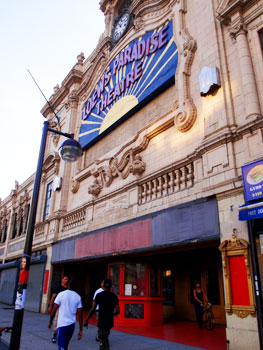
John F. Kennedy once gave a speech at the intersection of the Grand Concourse and Fordham Road, which is now a modern-day bazaar where vendors sell belts and sunglasses from folding tables while suckers lose rigged games of three-card monte in front of rows of family-owned clothing and electronics stores.
Here, many of the fashions being sold in Manhattan can be had on a Bronx budget.
Going a few blocks west on Fordham to 2500 Jerome Ave will reveal the red-doored St. James Episcopal Church, built in 1863 and looking like it was airlifted from medieval England, now completely out of place amongst the pawn shops and bodegas.
A few blocks north on Jerome reveals the jaw-dropping Kingsbridge Armory, built in 1913. Nine-stories tall, four city blocks wide, boasting conical towers and sniper emplacements, it’s really best described as a red brick romanesque castle.
Once home to the largest indoor drill space in the world, it is now mostly in disuse, the National Guard only using several of its annexes for training.
Returning toward the Grand Concourse on Kingsbridge Road will take you to Poe Park, the home of Edgar Allen Poe’s cottage. He leased it when the Bronx was only countryside and hoped the air would help his tuberculosis-stricken wife. It is here that he wrote “The Bells”, “Eureka” and “Annabel Lee.”
By the time you reach Poe’s Cottage, you are officially out of the South Bronx. It is at this time that you are allowed to take out your guidebook, go to zoo or to the gardens or maybe grab an Italian dinner. But no matter what you do, you’ll know that you actually experienced the Bronx, and saw a world few travelers bother to see.
Daniel Reynolds Riveiro has degrees in English and Religion. He couldn’t decide between being a writer or a priest, so he became a teacher instead. He currently works at a school for at-risk youth in the Bronx and travels every chance he gets. His pieces have appeared in numerous publications, including Sports Source, Loud Magazine, Offbeat Travel, InTravel Magazine and International Living.
- Mongolia, the Land of Eternal Blue Sky - April 20, 2024
- These 9 U.S. National Parks Require Reservations in 2024 - April 17, 2024
- Take a Hike in Olympic National Park - April 17, 2024

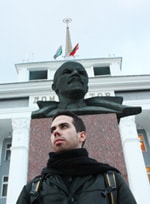

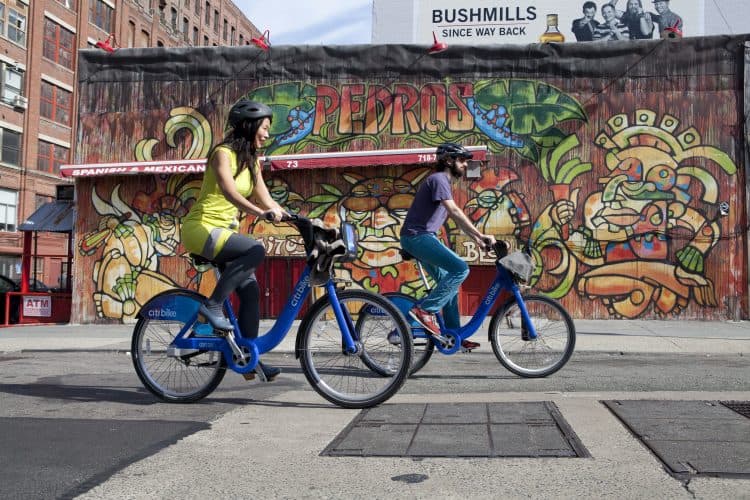
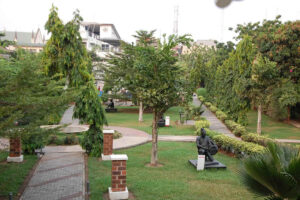
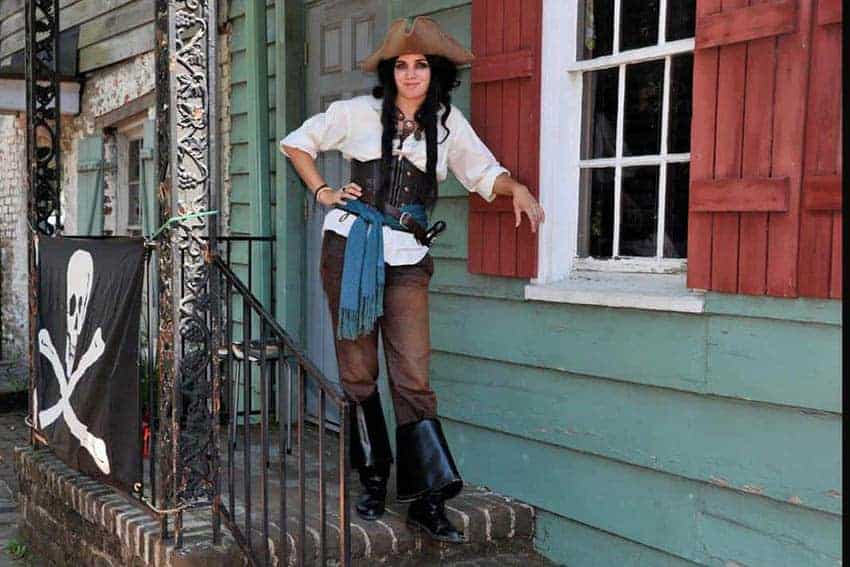

Do not talk to the crazies in the south bronx. They have machetes.